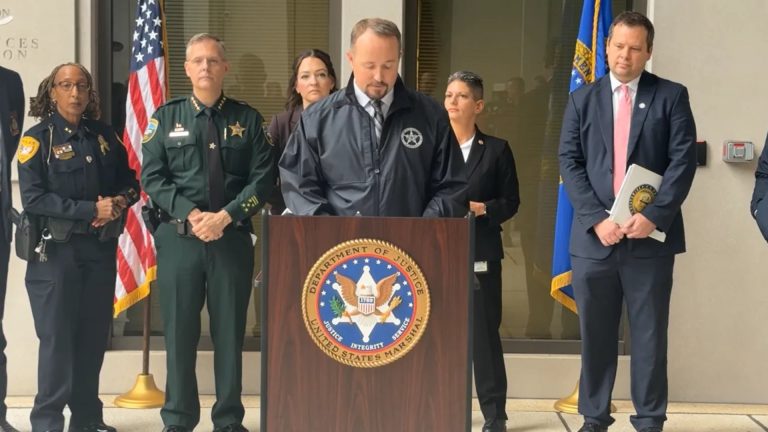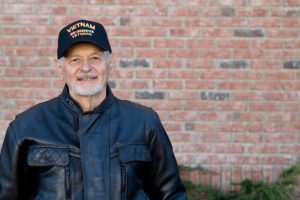Immigration enforcement in the United States continues to be one of the most polarizing and legally complex issues in American public life. In early September 2025, two significant developments underscored just how fraught the intersection of law, workplace responsibilities, and humanitarian concerns has become.
In California, two medical workers were federally indicted after clashing with U.S. Immigration and Customs Enforcement (ICE) agents during an attempted arrest in Ontario. On the same week, the U.S. Supreme Court issued a separate ruling that declined to block the deportation of a Mexican family who had fled cartel violence, a decision that drew sharp attention to the narrow legal avenues available for asylum seekers.
Taken together, these events highlight not only the risks individuals and institutions face when immigration enforcement enters workplaces but also the sobering legal challenges confronting families seeking refuge from violence abroad.
The Ontario Confrontation
On July 8, ICE agents operating in Ontario, California, were conducting immigration enforcement actions when the situation escalated into a physical confrontation at a local surgery center. According to federal prosecutors, the agents were following three men in a truck that pulled into the facility’s parking lot. Two fled immediately, while one man—later identified as a Honduran national unlawfully present in the United States—was briefly detained by officers outside the center.
When the man resisted, he and one of the officers fell to the ground. At that point, a medical staff member helped the man stand and led him inside the building. The officer pursued him, prompting the confrontation that would lead to felony indictments.
Inside, prosecutors allege, two medical employees—identified as Jose de Jesus Ortega, 38, of Highland, and Danielle Nadine Davila, 33, of Corona—intervened. Both were dressed in medical scrubs. Davila allegedly positioned herself between the officer and the man, shoving the officer and shouting for him to leave. Ortega reportedly escalated the matter by grabbing the officer’s arm and clutching his vest.
Backup was called, and another ICE officer entered the facility to assist. After a struggle involving multiple staff members, agents subdued the Honduran man, handcuffed him, and escorted him outside.
The Justice Department has since charged Ortega and Davila each with one felony count of assaulting, resisting, or impeding a federal officer. If convicted, both face up to eight years in federal prison. Their trial is scheduled for October 6.
At a press event following their arrests, Ortega defended the actions of the medical staff, arguing that they had been instructed to demand proper identification and warrants before allowing federal officers entry. Prosecutors, however, contend that the employees crossed a legal boundary by physically intervening in the course of an arrest.
The Honduran national at the center of the incident was later transferred to ICE custody, moved to the Adelanto detention facility, and eventually chose self-deportation rather than continue legal proceedings.
The Supreme Court’s Immigration Decision
While the Ontario confrontation played out on the ground, immigration policy was also being tested in the highest court in the land. On September 5, Justice Elena Kagan declined to block deportation orders for a Mexican family seeking asylum.
The petitioners—Fabian Lagunas Espinoza, Maria Angelica Flores Ulloa, and their two sons—fled Guerrero, Mexico, in 2021. They argued that the Los Rojos cartel had threatened to kill them unless they abandoned their home within 24 hours. Their case cited credible evidence of violence against extended family members and asserted that they faced imminent danger if forced to return.
Despite these claims, an immigration judge denied their asylum request. The Board of Immigration Appeals upheld that ruling in November 2023, and the Ninth Circuit Court of Appeals affirmed it in February 2025. With few options left, the family sought emergency relief from the Supreme Court.
Their attorney, LeRoy George, urged the Court to recognize the family’s “credible and detailed testimony” and to intervene before deportation orders were enforced. Justice Kagan, however, denied the request without comment. This effectively allowed the deportation to proceed, reflecting the Court’s general reluctance to interfere with lower-court immigration rulings absent extraordinary circumstances.
The decision highlighted the steep legal challenges asylum seekers face. Under U.S. law, asylum requires proof of persecution based on race, religion, nationality, political opinion, or membership in a particular social group. While cartel violence is widespread and deadly, courts have often held that generalized threats from criminal groups do not automatically meet the legal standard for asylum.
Broader Legal and Political Implications
These two developments—the indictments in California and the Supreme Court ruling—illustrate the multilayered challenges surrounding immigration in the United States.
-
Workplace Confrontations with ICE
The Ontario case raises critical questions for hospitals, clinics, and other facilities where law enforcement actions can collide with professional duties. Should staff prioritize patient safety, institutional policies, or compliance with federal law when these priorities conflict? Prosecutors argue that Ortega and Davila unlawfully obstructed federal officers, while defenders say they were protecting both their workplace protocols and vulnerable individuals. -
Limits of Asylum Protections
The Mexican family’s case highlights how difficult it is for migrants fleeing criminal violence to obtain legal protection. While threats from cartels may be real and deadly, they often do not fit neatly into the legal categories recognized under asylum law. This gap leaves many families without viable legal remedies, even when returning home poses substantial risks. -
Federal Authority vs. Local Sentiment
Both cases underscore the tension between federal enforcement priorities and local attitudes toward immigration. In California, where public opinion often leans toward supporting undocumented migrants, clashes with federal officers can be particularly fraught. Meanwhile, federal courts remain bound by statutory definitions and precedent that limit how far asylum protections can be extended.
Conclusion
The indictment of two California medical workers for allegedly assaulting ICE agents and the Supreme Court’s refusal to intervene in the deportation of a Mexican family may seem like separate events. Yet together, they underscore the ongoing friction at the heart of U.S. immigration policy: the balance between enforcement and compassion, between federal authority and individual conscience, and between legal definitions and lived realities.
As Ortega and Davila prepare for trial, and as families like the Lagunas Espinoza-Ulloa household face deportation despite pleas for protection, America’s immigration debate remains as divided and consequential as ever. The outcomes of these cases will not only affect the individuals directly involved but also shape the broader conversation about how the nation approaches law enforcement, humanitarian protections, and the future of immigration policy.

James Jenkins is a celebrated Pulitzer Prize-winning author whose work has reshaped the way readers think about social justice and human rights in America. Raised in Atlanta, Georgia, James grew up in a community that instilled in him both resilience and a strong sense of responsibility toward others. After studying political science and creative writing at Howard University, he worked as a journalist covering civil rights issues before dedicating himself fully to fiction. His novels are known for their sharp, empathetic portraits of marginalized communities and for weaving personal stories with broader political realities. Jenkins’s breakout novel, Shadows of Freedom, won national acclaim for its unflinching look at systemic inequality, while his more recent works explore themes of identity, resilience, and the fight for dignity in the face of oppression. Beyond his novels, James is an active public speaker, lecturing at universities and participating in nonprofit initiatives that support literacy and community empowerment. He believes that storytelling is a way to preserve history and inspire change. When not writing, James enjoys jazz music, mentoring young writers, and traveling with his family to explore cultures and stories around the world.









